Jump to:
Summerhouses are a common feature in gardens, but what exactly are they? In this post, we’ll break down what a summer house is, the different ways it can be used, and more.
Summerhouse Definition
There’s no single way to describe what a summerhouse is. But at its core, a summer house is a type of garden building used for relaxation and leisure in warmer seasons.
While the name itself is technically written as ‘summerhouse’, people often interchangeably use the two-word form: ‘summer house’.
Purpose
Despite its name, it’s not restricted to summer. Summerhouses are comfortable to use as early as March and as late as October in the UK climate. With some insulation modifications, they can be turned into a year-round space, so people often use a summerhouse as a quiet retreat, a hobby space, or even a spot for watching on rainy or snowy days.
Structure
A typical summer house has four timber wall panels with tall windows that reach from the floor to the roof. This design keeps the inside bright and airy—a small retreat that’s perfect for a quick escape. These features already set it apart from other garden buildings, such as sheds or log cabins.
Style
Styles for summerhouses vary, mostly depending on the manufacturer. In the market, there are traditional summer house designs with pitched roofs. Then there are the corner summer houses with a five-sided layout.
A combination of log cabin summerhouse is also available, featuring thicker timber walls. Meanwhile, insulated summer houses come with built-in insulation and often are pricier.
To get an idea of what they look like, browse our summer houses for sale.
How People Use Summerhouses
In our guide on summer house ideas, we talked about the different ways to get more out of the space, including:
Outdoor dining room
Dinner outside feels better when you’ve got a roof over your head and everything close by, doesn’t it? Owners set up the space with a dining table and a few chairs to accommodate guests—simple as that. Plates and glasses are kept inside the house so the space doesn’t feel cluttered.
You can picture it as the kind of place for weekend meals or a small get-together.
Garden pub
The same garden room can double as a garden bar with only a few tweaks. Many set theirs up this way, adding a counter, shelves for barware, stools, and a small fridge for drinks. Some go further with a speaker or low lighting to create atmosphere, and it’s the kind of upgrade you could try as well.
Hobby room
The idea is to use the summer house to give your hobby its own space. You could set it up with a desk and shelves, or go for a sturdy work surface with storage boxes instead. A few prefer pegboards or clear containers to stay organised – an idea you can take a cue from.
Extended living space outdoors (but sheltered)
Some days, you don’t feel like being indoors, but you still want a sofa, shade, and a spot to relax. A summer house gives you that—open to the breeze yet sheltered from sun or rain. Many people even treat it as an extra lounge, setting it up much like their living room at home.
Rainy day viewing room
A summer house may carry a sunny name, but it’s just as handy when the clouds roll over. Think of it as a way to stretch the garden’s use beyond fair weather. You can stay sheltered and enjoy a hot drink while the rain falls or watch the garden come alive in wet weather. Plenty of owners already use theirs this way, and you can get the same year-round benefit.
What Is a Summer House: Round-up
A summer house is more than a shed with windows. It can take on different styles, serve different purposes, and adapt to how you live. Some use it to bring the indoors outside, others treat it as a place to enjoy the garden in all weather.
However you approach it, it adds another option for how you enjoy your outdoor space. It’s the kind of garden building that you can adapt to your needs over time.
Get more inspiration here: Summer House Ideas

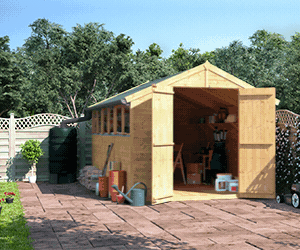

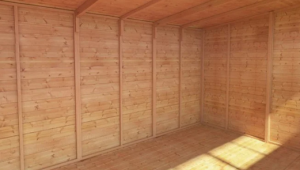
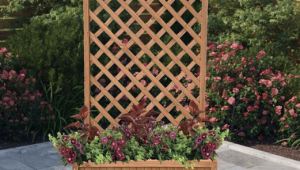
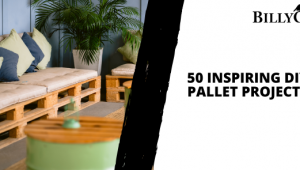
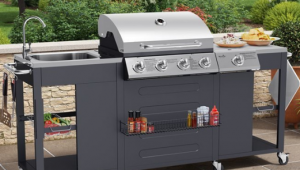


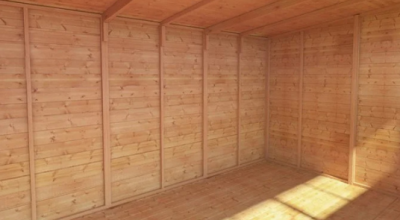
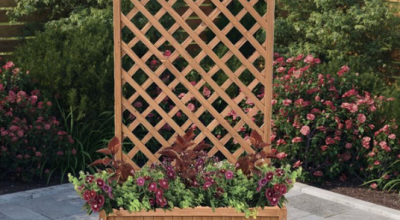
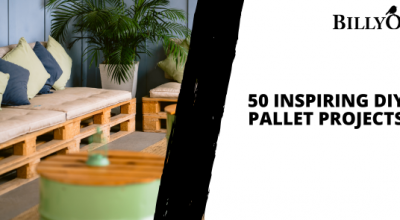
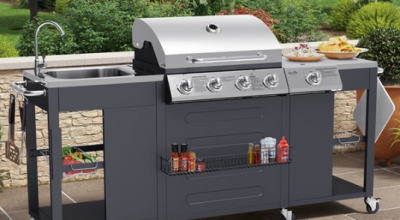

What do you think ?